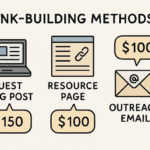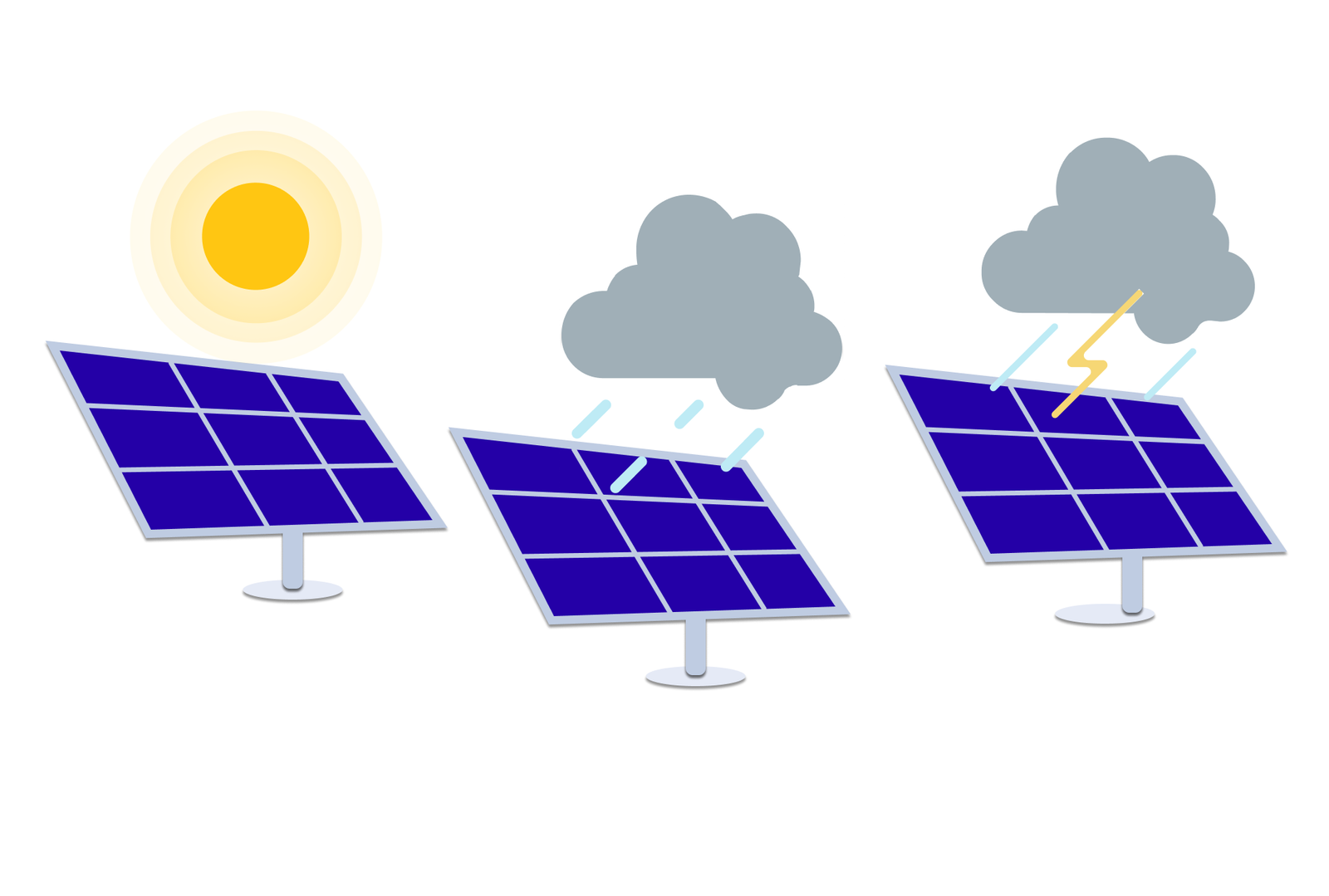Harnessing solar power is more than just installing panels and letting them soak up the sun. While solar systems depend heavily on sunlight, predicting how much energy they will generate requires a careful balance of technology, observation, and strategic planning. This is where solar forecasting plays an essential role. By understanding and predicting weather conditions, cloud coverage, temperature shifts, and other environmental factors, solar providers can better manage energy output and ensure stability for both homes and large-scale grids.
We will explore how forecasting techniques are used to align energy production with demand, the role of advanced technologies like AI and satellite data, and how accurate predictions benefit both customers and utility providers. For those looking to understand the process in greater depth, we can start here by examining how data-driven insights transform solar power into a more dependable resource. Through this, we can gain a deeper appreciation of how solar energy is not only captured but also strategically managed to support a cleaner and more reliable energy future.
The Role of Solar Forecasting in Energy Management
- Understanding Weather Patterns and Their Impact
One of the most influential factors in solar energy production is the weather. Clear skies with abundant sunlight maximize energy generation, while heavy cloud cover, storms, or seasonal changes can dramatically reduce output. Solar forecasting begins with a thorough analysis of these weather conditions. Providers use real-time data from satellites, weather stations, and atmospheric models to estimate how much solar radiation will reach panels at any given moment. For example, high-altitude cirrus clouds may not seem significant to the human eye but can reduce solar radiation enough to affect overall energy production.
By predicting these patterns, energy managers can anticipate dips in generation and adjust energy storage systems or backup sources accordingly. This balance ensures that homes and businesses relying on solar have steady power, even during unexpected weather events. Forecasting weather is not about eliminating unpredictability but about reducing its impact through advanced monitoring and planning.
- Short-Term vs. Long-Term Forecasting
Solar forecasting is typically divided into short-term and long-term strategies, both of which are critical in energy management. Short-term forecasting focuses on the next few hours or days, helping grid operators and solar providers anticipate immediate fluctuations in solar output. This type of forecasting relies heavily on cloud movement predictions, satellite images, and machine learning models that process weather data in real time. On the other hand, long-term forecasting looks weeks, months, or even years ahead, which is particularly valuable for project planning and investment decisions.
For instance, when evaluating the feasibility of building a solar farm, long-term forecasts help determine how much sunlight a region will likely receive over time. While short-term forecasts keep the energy supply stable from day to day, long-term forecasts guide the growth and expansion of solar infrastructure. Both approaches work hand in hand, ensuring solar energy is dependable in the short run and sustainable in the long run.
- Integration of Artificial Intelligence and Machine Learning
In recent years, artificial intelligence (AI) and machine learning have revolutionized solar forecasting. Traditional models relied on static data and basic weather predictions, but modern AI systems can analyze vast amounts of information and continuously improve their accuracy. Machine learning models are trained using historical solar radiation data, weather conditions, and real-time satellite imagery, allowing them to detect patterns that humans may overlook. These advanced systems can predict cloud movements, temperature variations, and atmospheric shifts with remarkable precision.
For solar providers, this means more accurate scheduling of power generation and storage, reducing the risk of blackouts or energy shortages. Additionally, AI forecasting is highly adaptive; as conditions change, the model updates itself and refines predictions. This adaptability is particularly important in regions with unpredictable weather, where sudden changes could otherwise disrupt solar output. By leveraging AI, solar forecasting becomes a dynamic tool that continuously evolves to meet the growing demands of renewable energy.
- Balancing Energy Supply with Grid Demand
One of the greatest challenges in renewable energy is aligning supply with demand. Unlike traditional energy sources that can be increased or decreased at will, solar energy production depends on natural sunlight. Solar forecasting plays a crucial role in balancing this delicate equation. When forecasts predict high solar output, utility providers can reduce reliance on fossil fuels and prioritize renewable energy. Conversely, when forecasts indicate reduced sunlight, grid operators can prepare backup energy sources or tap into stored reserves.
This proactive approach prevents sudden disruptions in energy availability and ensures smoother grid stability. In large-scale systems, accurate forecasting reduces the risk of overproduction, which can overwhelm the grid, or underproduction, which can cause shortages. This balance is also vital for consumers, as it helps maintain consistent energy pricing and prevents unnecessary spikes caused by supply fluctuations. Ultimately, forecasting transforms solar power from an unpredictable source into a reliable contributor to modern energy systems.
Solar forecasting represents a critical link between nature’s unpredictability and humanity’s need for reliable energy. By studying weather patterns, leveraging advanced AI tools, balancing supply with demand, and integrating storage systems, solar providers can transform sunlight into a dependable energy resource. As renewable energy adoption continues to grow, the ability to accurately predict and manage solar output will become increasingly important. Through forecasting, solar power evolves from a simple energy source into a sophisticated, dependable foundation for a sustainable future.
YOU MAY ALSO LIKE: How Homeowners Can Benefit From Modern Solar System Installations



















